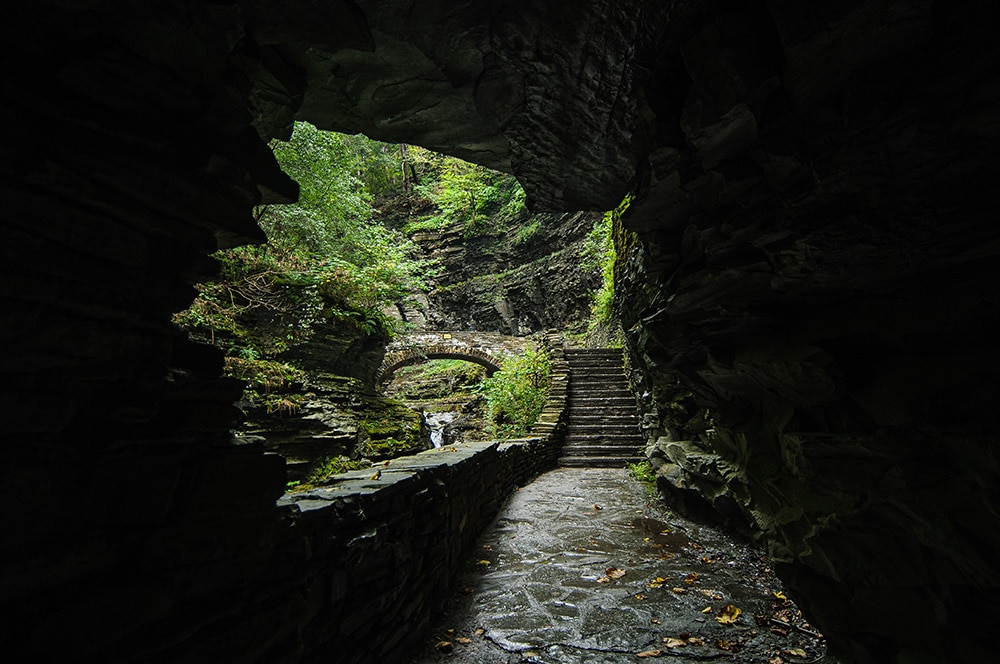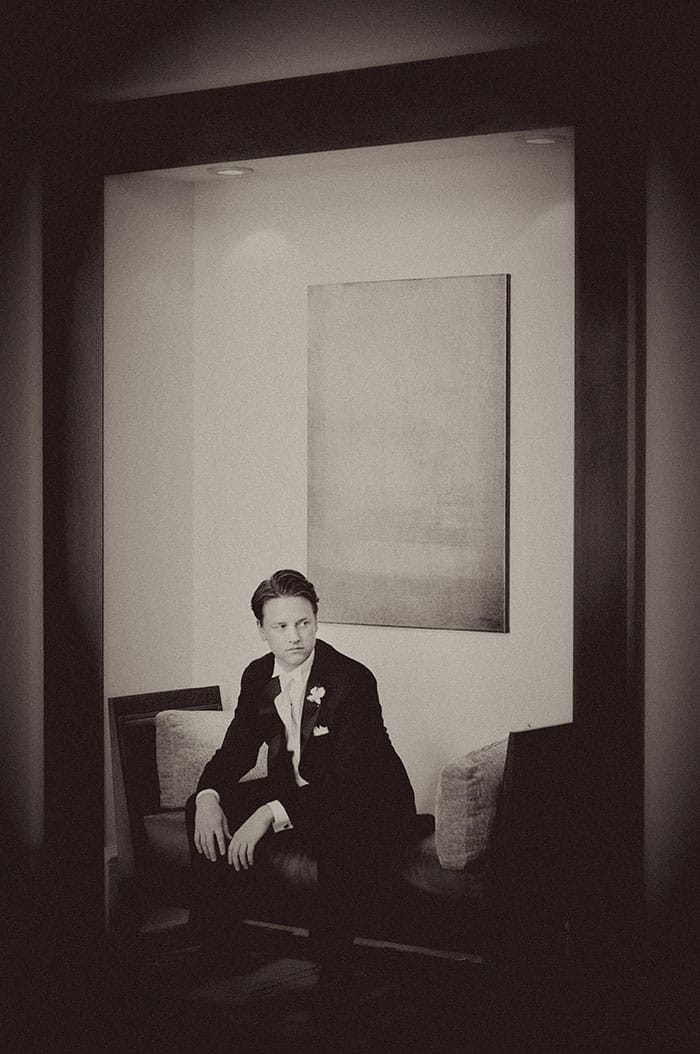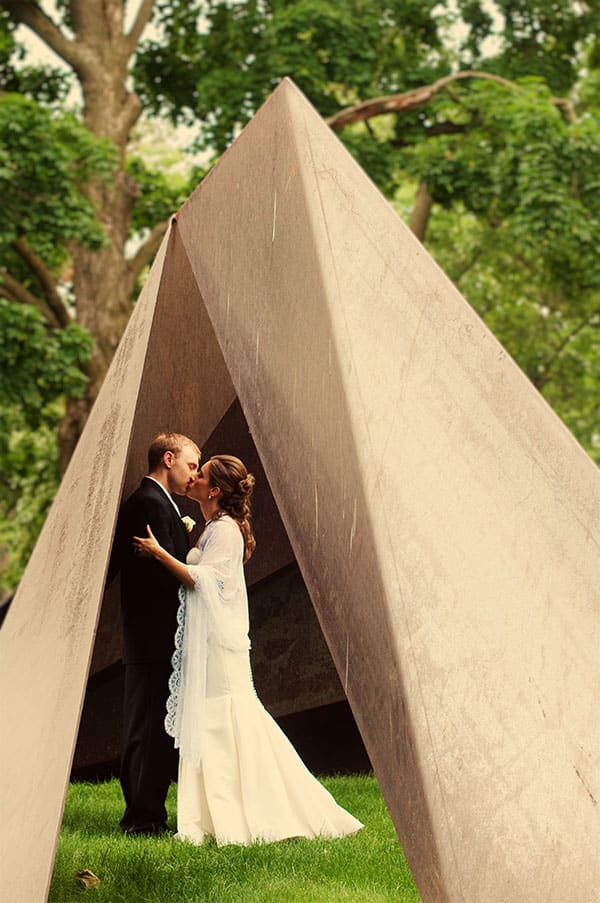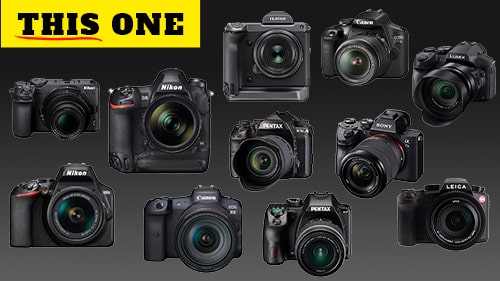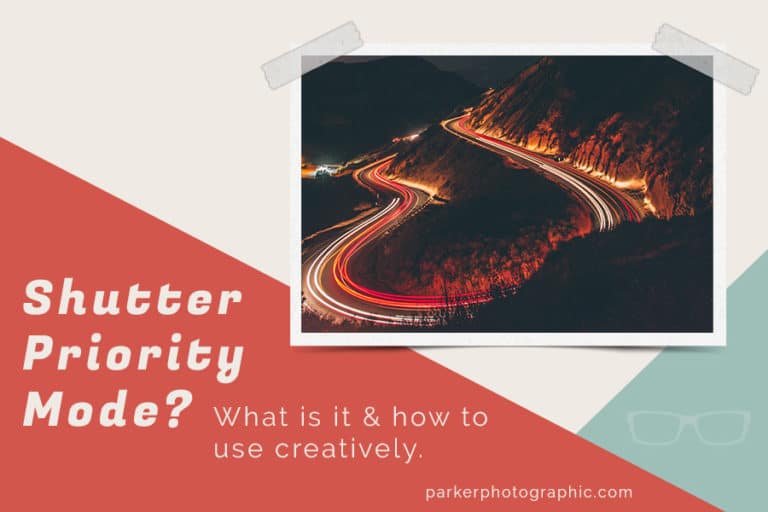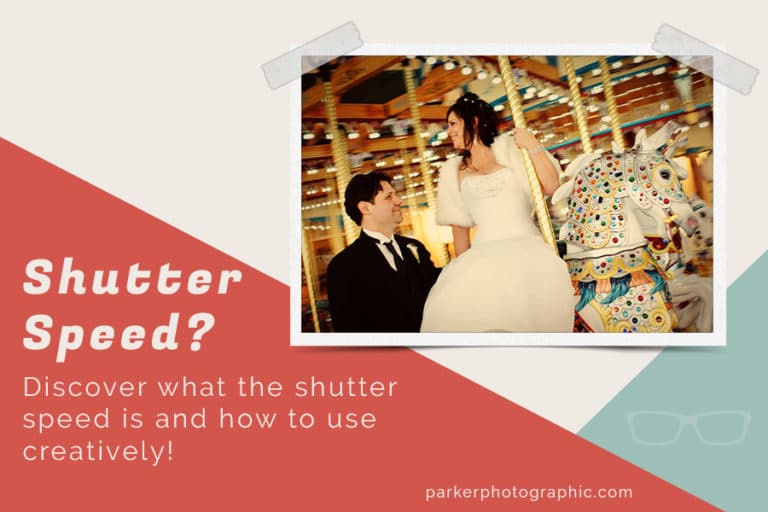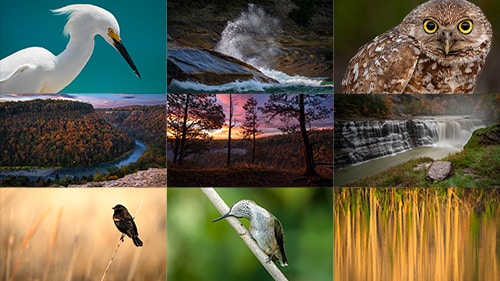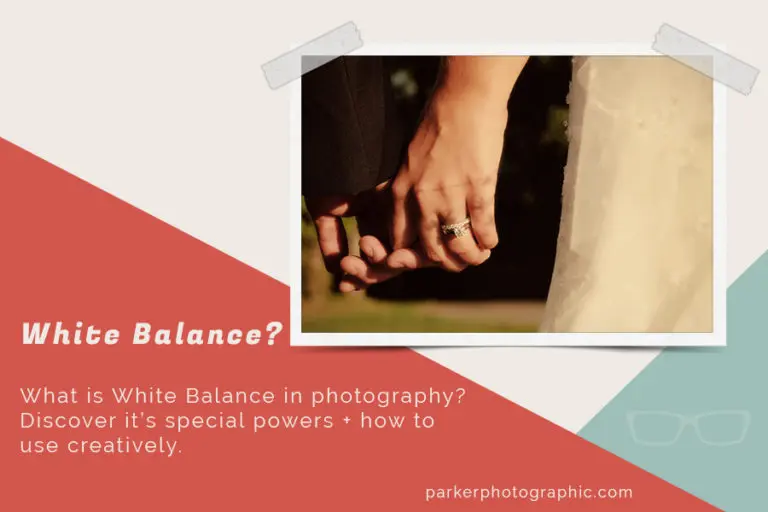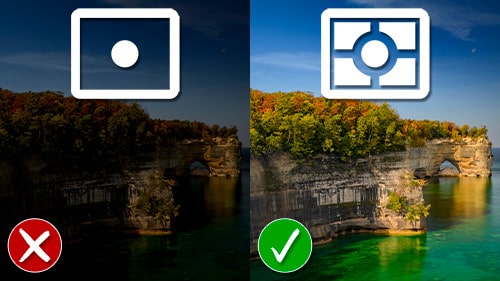Create Exceptional Photos With the Framing In Photography Composition Technique
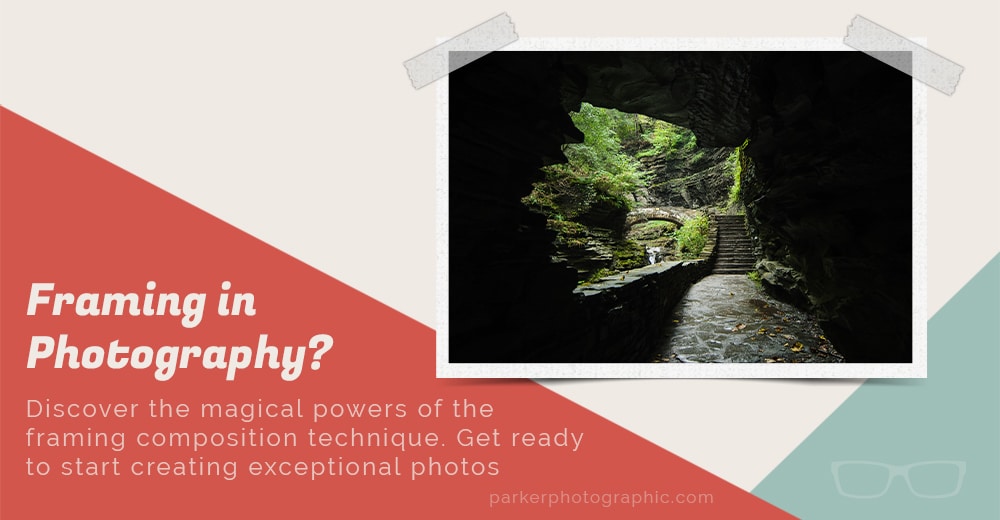
Creating exceptional photos requires two main ingredients, Light and Composition. Today, we’ll cover my favorite composition technique known as “Framing.”
But, what is Framing in photography?
Great question! We’ll cover what it is, how to use this powerful technique, and review photos for inspiration. But first, what can Framing do for your images?
Using the Framing composition technique can harness your viewer’s attention on the main subject. It also provides a compelling interest that won’t lose your viewers' gaze.
It can also help you tell a story about your image based on what is important to you.
Ready to master this powerful composition technique? Awesome, let’s get started…
Table of Contents
What Is Framing In Photography?
Framing is the act of taking something from a scene and “framing” the primary subject.
You could use a doorway, trees, the opening of a tunnel, or any other framing element to, well, frame the subject. The goal is to direct the viewer’s eye to the main subject. Leading your viewer’s eye can be done by putting a “frame” around the primary subject in your image.
The art of photography is to hold people's focus and tell a story while doing so. Using elements for framing naturally leads a person's view to the intended focal point. When done right, you are in affect telling a story at the same time.
Out of the million-plus photos I've taken in the last 30 years, this is my favorite for two reasons. One, it brings back memories of our family camping trip that week. And two, I nailed the framing composition and exposure in-camera!
There's also another composition technique used too known as Leading lines. Both lead your eyes to the primary subject. If you want to create exceptional photos, you'll need to hone your photography craft. It starts by mastering light and composition.
Use Mother Nature For Framing
Mother nature provides an abundance of objects to use as a frame. Like…
...two trees or just the leaves of trees. Or what about a couple of flowers to frame a person. Maybe you’re exploring a cave. If so, use the edge of the entrance as the frame.
Look all around you, and you’ll find something for any scene. Can you think of any other ideas? Post them in the comments below.
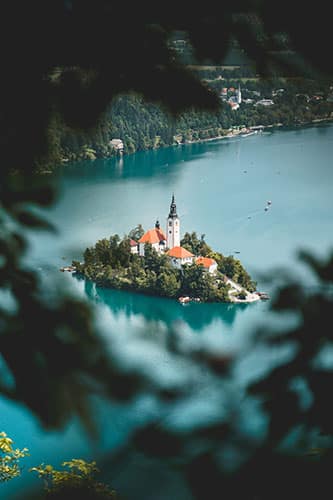
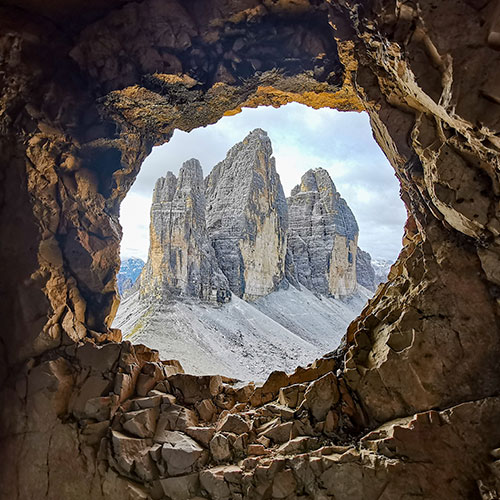
Photography by Alex Azabache. Alex perfectly positioned himself to frame the mini island through the leaves of a tree!
Photography by Marco. Marco found a hole in the mountain and used it to frame another! How cool is this image? I love it! Think of framing like looking through the Aperture of your lens. The edges of a lens act as a photography frame.
Use Man-made Objects For Framing
Buildings, and sculptures, and tunnels, and stone archways, oh my, there are unlimited possibilities for framing with man-made objects!
You’ll find more framing opportunities with man-made objects vs. nature. At least that’s been my experience. Architecture, sculptures, automobiles, windows, doorways, the list is never-ending.
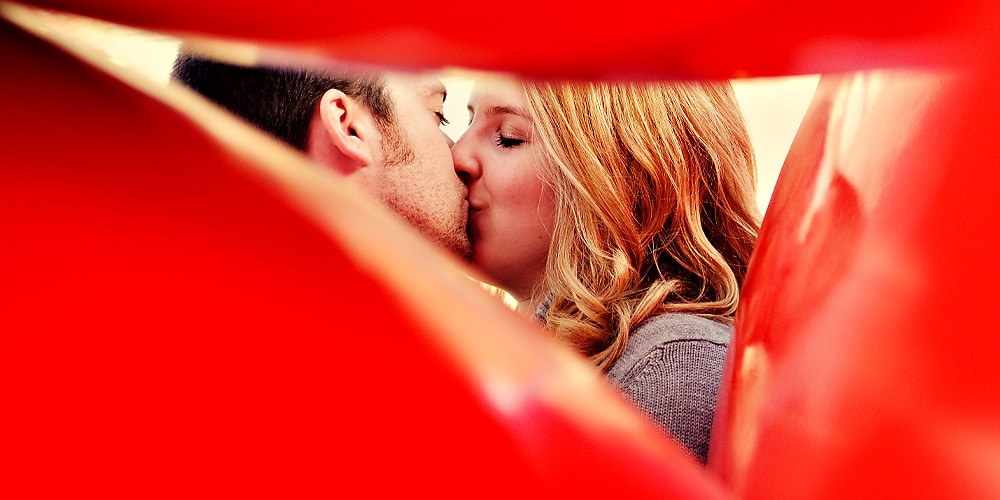
This photo was taken somewhere in Ann Arbor, Michigan… I forget where exactly. I positioned the couple in front of this big, red sculpture of... balls. Yep, pretty dull.
The first set of images were pretty boring too. By moving to the opposite side and shooting through the artwork, I was able to frame the couple. This presented a more energetic composition and created more interest.
Nikon D300 | 28-70 | f2.8 | ISO 400 | 1/500 | 5400K
For this image, the groom was patiently waiting for the ceremony to start. So I decided to take advantage of the surroundings.
I used the edges of the sitting area to frame him. Leading lines and space help the composition too. Plus, his expression helps tell a story.
Another sculpture used to frame our happy couple, again in Ann Arbor. But, I know this location… the University of Michigan. Although I used a shallow Depth of Fielad (f/1.4), it didn’t give me the results I wanted. I had to use Photoshop to blur the background.
Think Outside the Box For Framing
Everyday objects can be used as a frame. But, what about a frame within a frame?
That would be awesome, wouldn’t it! I don’t know about you, but I love framing in photography. Let’s look at some examples of “thinking outside the box” regarding a Frame composition.
This image utilizes two compositions. The first is the framing technique from both the foliage of the trees and the tracks.
Both elements frame the couple perfectly. The train tracks also work as converging Leading lines. Together, both techniques create a strong composition.
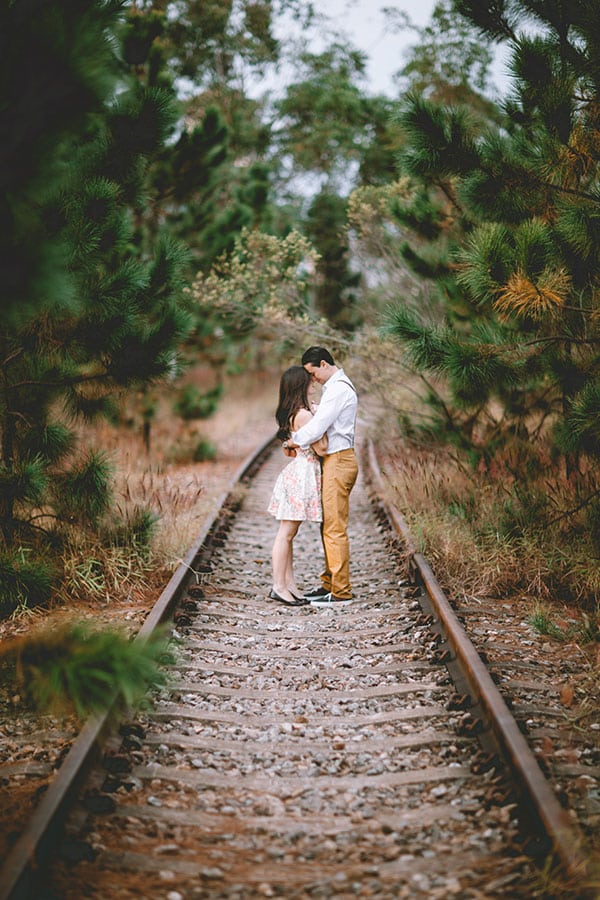
This time two man-made windows frame the landscape. The first is a modern window, and the second is the original stone window.
One by themselves would work too. However, using both provides more interest and adds to the story.
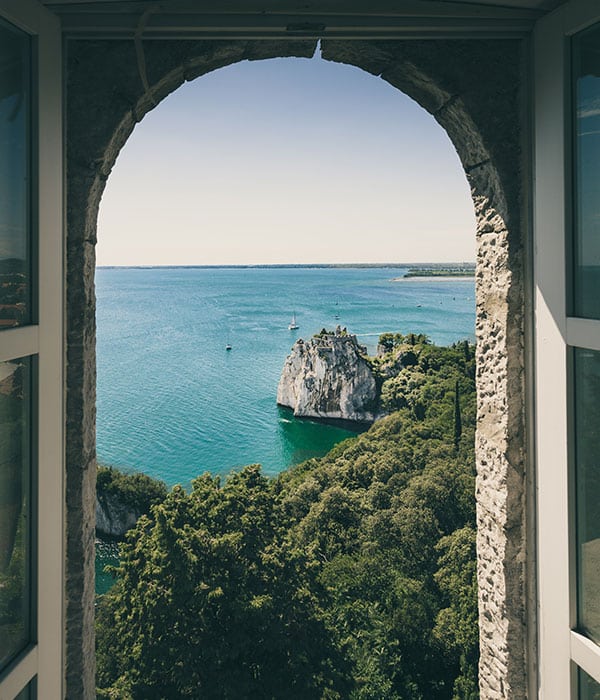
Framing Photo by Jacob Morch
5 Pro Photography Tips For Framing
ONE.
To practice this technique, first, photograph a scene as you normally would. Then, look around you and study any elements that have a “window.” It could be man-made or natural.
If you can look through this window and see your subject, those elements are your frame! Now, shoot another image using this window as your frame.
TWO.
Use a shallow depth of field to narrow the focus directly on the main subject.
Yes, the framing will create a strong composition.
But, you can make it more robust when there aren’t two competing elements.
For example, let’s say the subject and the frame are both in sharp focus.
Our eyes will have difficulty focusing on one or the other.
THREE.
Balance the light. Suppose the framing elements you're using are brighter than the background and or the subject.
In that case, it will distract the viewer's attention. Our eyes won't know what to focus on, and we'll lose interest!
FOUR.
Is your main subject interesting?
If not, the framing technique won’t make the image better! The main subject should be interesting or doing something or representing something. If it’s just a blob of blue sky, that doesn’t tell us anything… other than the sky is blue. Which we already know.
FIVE.
Have you already used this technique and haven’t realized it? Go through your old photos and review them.
Do any of them have a frame around the main subject? Can you remember any elements that were at the scene that could have been utilized as a frame? Or does the photo have the elements in them already?
As you go through your photos, visualize how you could have used any elements for framing… and practice in your mind. Practicing this will help you “see” framing opportunities the next time you’re out shooting.
Action Is Power!
Knowledge is not power. Action is power!
You now have the knowledge to use Framing in photography. But, knowledge is useless until you put it into action. Now it’s your turn!
Have you used the power of framing in your images? I’d love to see them. Post your images here to show off your new skills and or to get feedback on the framing composition technique.
Like this article? If so, please share!


